Flax Seeds Benefits & DIY Face Masks For Beautiful Skin
Bid farewell to signs of aging and impart a radiant glow to your skin with these seeds.
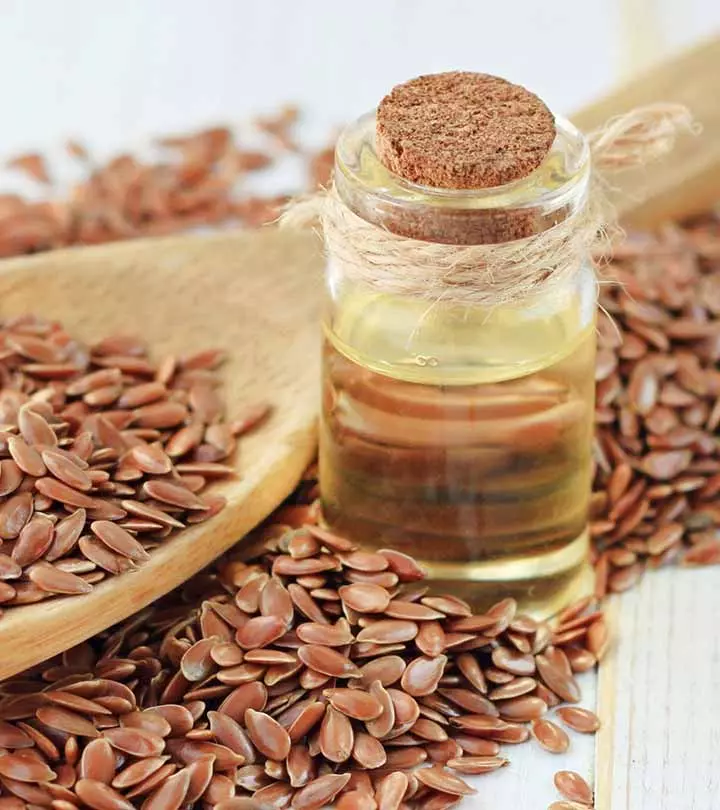
Image: shutter stock
Flax seeds are all the new rage when it comes to superfoods. However, rather than following a trend blindly, you should be well informed of all the important facts about flax seeds before including them in your diet.
These tiny seeds are replete with important nutrients and offer several health and beauty benefits. They have rich reserves of lignans, dietary fibers, and omega-3 fatty acids, which can play significant roles in improving your digestive, cardiovascular, and hormonal health.
Read on to know flax seeds in detail and the many ways you can include them in your diet.
In This Article
Flax Seed—A Brief
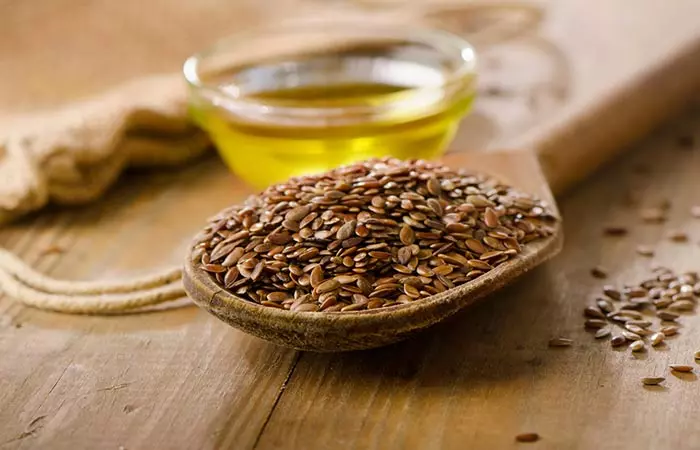
Scientific Name—Linum usitatissimum
Origin—Egypt, and China
Other Names—Tisi or Alsi, Linseeds
Flax is a tiny power-packed seed that is full of goodness.
This seed has been used since ancient times, through ancient civilizations and cultures. Archaeological evidence suggests the use of flax seeds since the times of Nefertiti in Egypt.
Usually cultivated for the naturally strong fiber, flax or “Tisi” or “Alsi” as it was known in India, was used to augment the diet of the hard working villagers.
Flaxseed or linseed are available in two varieties—brown and golden, both of which contain almost similar nutritional characteristics and fatty acids. The only exception to this rule is one golden or yellow flax seed, Linola (Solin), that boasts of a completely different oil profile. This variety is exceptionally low in Omega-3 fatty acids.
Now that you know a bit about these wonder seeds, why not find out what’s wonderful about them? Scroll down to know the beauty benefits of flax seeds.
Key Takeaways
- Flax seeds possess omega-3 fatty acids, which may help get rid of unwanted tan and uneven skin tone.
- Flax seeds possess anti-inflammatory properties that may help in treating and preventing acne.
- Mix flax seeds with clay, lemon, cinnamon, or honey to rejuvenate and nourish your skin.
Did you Know? Beauty Facts About Flax Seeds
1. Are High On Nutritional Front
Flax is known for its cholesterol reducing properties because it contains lignans which ensure your heart’s health (1). Also, if grounded and taken daily with water, flax seeds provide the necessary amounts of fiber to keep your digestion in check and may aid in weight loss. Just keep your fluid intake high.
Flax seeds are another way to get what nature gave pescatarians. They actually contain alpha-linolenic acids, to be specific. This acid helps to reduce the inflammations that cause chronic heart disease, arthritis, asthma, diabetes and it even helps guard your body against cancers—colon cancer to be more specific (2). Eaten in combination with walnuts and fish, flax seeds can be of real help.
How much you eat depends on your reasons for eating flax seeds. On their own, the seeds are crunchy and tasty if they are toasted. However as ironic it sounds, what makes flax seeds more palatable, actually destroys the goodness. So, when the local bakeries that are promoting flax seed-topped bread as the best gift you can give to yourself, they are not truthful to you.
And as I said, healthy skin can easily be achieved if your body is healthy!
2. Imparts A Glow To The Skin
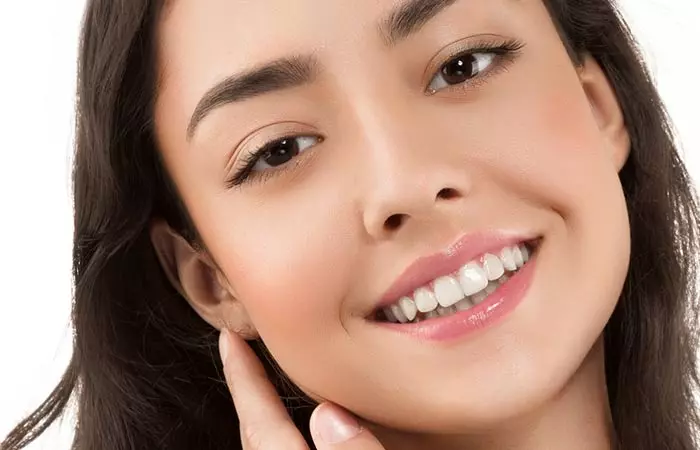
The best gift that a few spoonfuls of ground flaxseed can give you, will be the short chain omega 3 fatty acids (3).
Whatever your area of interest, or your choice of food groups, omega 3 fatty acids spell good news. Omega 3 fatty acids are present in fish oil.
If you are like me and eat fish rarely and only if it is fried, you will certainly miss out the benefits of beautiful skin. But if you are regular, congratulations, you have found yourself an excellent source for your skin radiance without having to burn a hole in your pocket on expensive cosmetics. If you get your hands on flaxseed oil, do try it out, it may help with skin inflammation.
3. Bid Farewell To Wrinkles And Fine Lines

Antioxidants and phytochemicals remind me of an advertisement for an anti-aging cream (4). If all the benefits come from flax seeds at a fraction of the cost—bring it on!
Having a spoonful of grounded flax seeds can make you age gracefully.
4. Rashes No More
Every woman dreads inflammations and chub rub, especially if she’s on the chubbier side.
Being rich in omega-3 fatty acids, flaxseeds effectively speed up the healing process in our body (5), (6). This is further assisted by the strong anti-inflammatory properties of this seed.
Thus applying a paste of grounded flax seeds with coconut oil or olive oil on the affected area can bring down the skin inflammation, irritation, rashes, and redness within a few uses. If you want, you can also ingest it with water regularly, for a speedy recovery.
5. Treats Acne
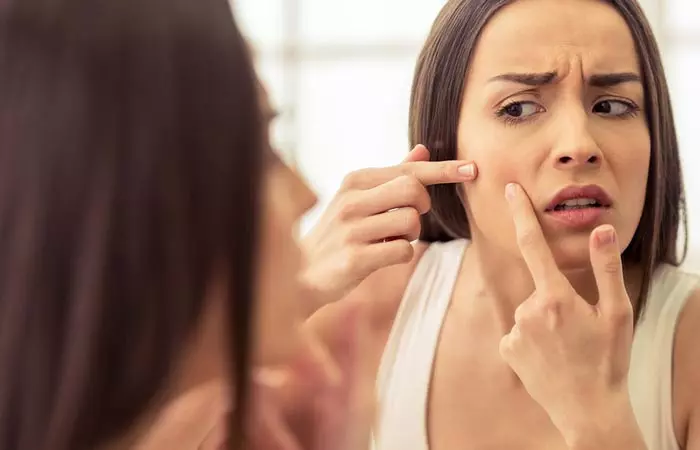
Breakouts or acne are synonymous with puberty and hormonal changes. There isn’t a single soul that hasn’t escaped the wrath of those ugly breakouts during their adolescent days. It was a signal from our body, saying—Hey dude! You are grown up now!
I would often find solace when people consoled me saying these ugly marks won’t follow me through my life. And I believed them, poor me!
Oh 17-year-old me, you had no idea.
I’m sure this has been your story too. Facing acne troubles in your 20s and spending thousands on cosmetics and medications to hide those ugly spots. Well, lemme give a natural solution. Flaxseed.
Don’t underestimate these tiny seeds—they are a powerhouse I tell you!They expertly handle the production of the sebum—the culprit. This oily substance is produced by the skin and is responsible for providing moisture to our skin. But when uncontrolled can attract dirt and other impurities, causing acne (7).
You can simply avoid this condition by having one-two tablespoons of milled and roasted flax seeds daily.
6. Rejuvenates Skin
This seed also has skin rejuvenating properties.
Flaxseeds is touted to be one of the strongest exfoliants and using it topically can help get rid of the dead skin, leaving you with a flaunt-worthy skin.
7. Provides A Healthier Skin Tone
Does your skin look dull and lifeless? Flaxseeds might help brighten it.
This seed has moisturizing properties, all thanks to the omega-3 fatty acids, flax seeds prevent our skin from drying out (8). It also helps get rid of that unwanted tan and uneven skin tone.
After these amazing flax seeds benefits for the skin, check out some effective face packs you can prepare with this wonder ingredient in the next section.
5 Effective Flaxseed Face Packs
Other than consumption, flaxseeds can be used to make a number of face packs and scrubs to enhance the beauty of your skin. Have a look:
1. Flaxseeds And Water For A Firm Skin
You Will Need
- 1 tablespoon flaxseeds
- 1/3 cup water
- A plastic bowl
What You Need To Do
- Bring the water to boil and add flax seeds to it.
- Stir it well. Cover the bowl with a clean cloth and let it rest for 3 to 4 hours.
- Apply the formed paste evenly on your freshly washed face and neck.
- Let the layer dry and apply the second layer.
- Repeat the process till your mask is 4 layers thick.
- Let the mask dry out completely.
- Wash it off using regular water. Pat dry.
- Repeat this process once a week for a firm and glowing skin.
2. Flaxseed And Blue Clay Mask For A Radiant Skin

You Will Need
- 1 tablespoon flaxseeds
- 1 teaspoon blue clay
- 2-4 drops rose water
What You Need To Do
- Soak the flax seeds overnight and add the remaining ingredients to it in the morning.
- Mix well to form a paste.
- Apply this mask on your freshly washed face and neck and keep it on for a good 15 to 20 minutes.
- Wash it off using regular water. Pat dry.
- Repeat this process once a week for radiant skin.
 Quick Tip
Quick Tip3. Flaxseed And Egg Face Mask For Skin Cleansing
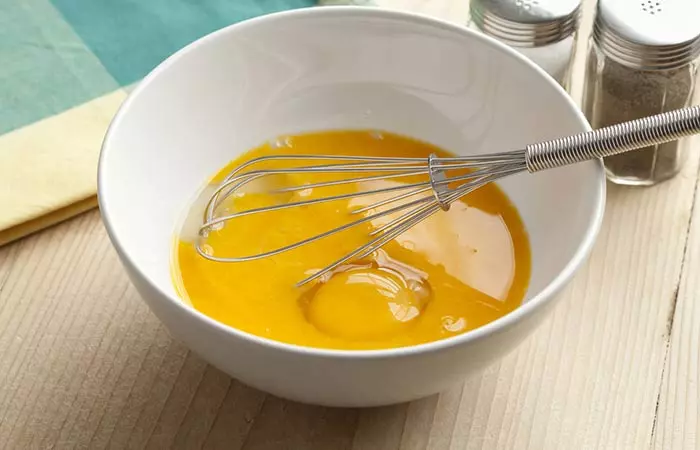
You Will Need
- 1 tablespoon grounded flaxseed
- 1 egg
What You Need To Do
- Beat an egg and add flaxseed powder to form a smooth paste.
- Apply this clear mask on your face and neck.
- Leave it on for at least 15 minutes.
- Wash the mask off using regular water. Pat dry and apply a moisturizer to retain the moisture.
- Use this mask twice a month to get the best results.
4. Flaxseed, Lemon, And Honey Face Mask For Acne
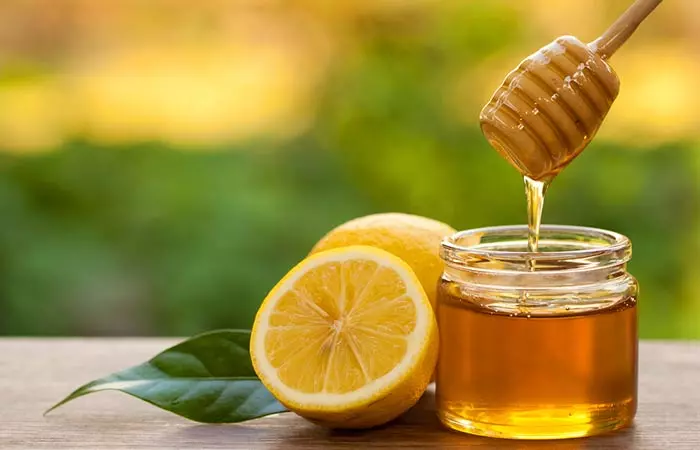
You Will Need
- 1 tablespoon flaxseeds
- 2 teaspoons lemon juice
- 1 tablespoon organic honey
What You Need To Do
- Begin the process by soaking the flax seeds in water overnight.
- Mash it up the following morning and add lemon juice and honey to it.
- Apply this paste evenly on your face and massage it for a few minutes using your fingertips.
- Let it dry. It will take approximately half an hour to dry off completely.
- Wash it off as regular and pat dry.
- Repeat this process twice a week for acne-free skin.
5. Flaxseed, Cinnamon Powder, And Yogurt Face Mask For Skin Rejuvenation
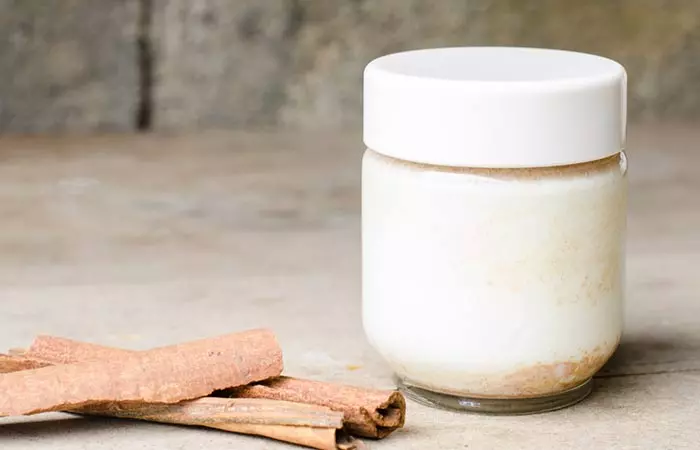
You Will Need
- 1 tablespoon grounded flaxseeds
- 1 teaspoon cinnamon powder
- 1 tablespoon yogurt
What You Need To Do
- Mix all the ingredients mentioned above to form a smooth paste.
- Apply this paste evenly on your freshly washed face and neck.
- Let the mask soak into your skin for a good 15 minutes.
- Wash it off using regular water. Pat dry.
- Use this technique once or twice a week for a younger looking skin.
A skincare blogger had a positive experience using a homemade flaxseed oil serum for their skin. They mixed flaxseed oil, pomegranate seed oil, and a few drops of frankincense essential oil to add restorative benefits to the serum. They write, “This one is wonderful for dry, damaged, and aging skin. I use it under my moisturizer (i).”
Mai, another blogger, shared her experience with flaxseed gel, emphasizing the positive effects of incorporating rosewater. This rosewater-infused flaxseed gel seems to have become her preferred choice for hair care. She writes, “Apart from that delicious Rose smell I love the moisturizing effects I get from the gel… So after weeks of experimenting, I can say I absolutely love incorporating Rosewater into my gel! (ii)”
Note: If you are pregnant, breastfeeding, or taking blood pressure medication, it is crucial to speak with a healthcare professional before using flax seeds on your face. These groups might be more prone to irritation or unwanted reactions.
 Quick Tip
Quick TipYou can also use rosewater or shredded coconut to help get rid of dirt and dead cells and leave your skin looking younger.
While flax seeds have many benefits for your skin, some individuals may experience a few adverse effects as well. Learn more about them below.
Side Effects Of Flax Seed On Face
Flax seeds may exhibit a few side effects when applied topically to the face.
Some individuals may face micro-tears after using flax seed scrubs, which may lead to irritation and redness due to flax seed’s abrasive nature. According to anecdotes, excessive use can result in clogged pores, potentially leading to acne breakouts.
Furthermore, individuals with sensitive skin may experience heightened sensitivity or even an allergic reaction after the application of the face mask. Thus, it is essential to exercise caution and conduct a patch test before applying flax seeds to the face.
If you encounter these adverse reactions, it is advisable to discontinue use and seek guidance from a dermatologist or skincare professional.
Infographic: Important Benefits Of Flax Seeds For Skin
Flax seeds provide nutrition in the form of omega-3 fatty acid so including it in your diet can give you healthy skin. Consuming flax seeds regularly provides many benefits to your skin, from reducing signs of aging to soothing skin irritation.
Check out the below infographic to learn the important benefits of flax seeds for your skin. Illustration: StyleCraze Design Team
Takeaway
Flax seeds are nutrient-dense food that may be beneficial to our health in many ways. They are rich in omega-3 fatty acids which help in regulating arthritis, diabetes, cholesterol, and many other diseases. A few spoonfuls of flaxseeds every day may slow down aging, reduce acne, and get rid of rashes. If you are not keen on consuming flax seeds, you can use flax seeds with honey, clay, or yogurt to make homemade face masks. These interesting facts about flax seeds should help you incorporate them into your plant-based diet and daily life.
Frequently Asked Questions
What is the best way to consume flax seeds for health benefits?
The most effective way to consume flax seeds is to grind them first, as this makes them easy to absorb. You can mix ground flax seeds into smoothies and oatmeal, or even use them in baking. You can easily enjoy their nutritional advantages in these convenient and delicious ways.
Can flaxseed cause hair loss?
No, flax seed does not cause hair loss. Flax seeds may boost hair growth (9), (10).
Who should not eat flax seeds?
Pregnant and breastfeeding women and people allergic to flaxseed should avoid them. Additionally, people on blood thinners, anti-inflammatory, and blood pressure medications should avoid flax seeds. Consult your doctor before consuming flax seeds (1).
Which is better: flax or chia seeds?
Both flax and chia seeds are very nutritious. They provide a host of health benefits. Chia seeds have slightly more fiber and fewer calories, while flax seeds are rich in magnesium, copper, and potassium. You can choose either ingredient as per your choice (11), (12).
Illustration: Flax Seeds Benefits & DIY Face Masks For Beautiful Skin

Image: Stable Diffusion/StyleCraze Design Team
Are you longing for youthful skin? Then click on this video to know the amazing effect of flax seeds on the skin and discover the secret to wrinkle-free skin today!
Personal Experience: Sources
StyleCraze's articles are interwoven with authentic personal narratives that provide depth and resonance to our content. Below are the sources of the personal accounts referenced in this article.
i. Homemade Anti-Wrinkle Serum With Flaxseed and Pomegranate Seed Oil
https://homemadefacemaskrecipes.blogspot.com/2014/03/homemade-anti-wrinkle-serum-with.html
ii. Rosewater Flaxseed Gel
https://maicurls.com/mai-hair-routines/diy-hair-gel/rosewater-flaxseed-gel/
References
Articles on StyleCraze are backed by verified information from peer-reviewed and academic research papers, reputed organizations, research institutions, and medical associations to ensure accuracy and relevance. Read our editorial policy to learn more.
- Linum usitatissimum L. (Flaxseed)–A Multifarious Functional Food
http://www.oiirj.org/oiirj/jan-feb2014/26.pdf - The benefits of flaxseed
https://www.ncbi.nlm.nih.gov/pmc/articles/PMC4375225/ - The cardiovascular effects of flaxseed and its omega-3 fatty acid, alpha-linolenic acid
https://www.ncbi.nlm.nih.gov/pmc/articles/PMC2989356/ - Discovering the link between nutrition and skin aging
https://www.ncbi.nlm.nih.gov/pmc/articles/PMC3583891/ - Flaxseed lignan wound healing formulation: characterization and in vivo therapeutic evaluation
https://pubmed.ncbi.nlm.nih.gov/25239193/ - Omega-3 fatty acids effect on wound healing
https://pubmed.ncbi.nlm.nih.gov/18471252/ - Acne vulgaris mental health and omega-3 fatty acids: a report of cases
https://www.ncbi.nlm.nih.gov/pmc/articles/PMC2577647/ - Medicinal plants used in treatment of inflammatory skin diseases
https://www.ncbi.nlm.nih.gov/pmc/articles/PMC3834722/ - Effects of Linum usitatissimum L. ingestion and oil topical application on hair growth in rabbit
https://www.researchgate.net/publication/283730350_Effects_of_Linum_usitatissimum_L_ingestion_and_oil_topical_application_on_hair_growth_in_rabbit - Pharmacological aspect of Linum usitatissimum: Flax ingestion on hair growth in rabbits
https://www.researchgate.net/publication/283730272_Pharmacological_aspect_of_Linum_usitatissimum_Flax_ingestion_on_hair_growth_in_rabbits - Seeds, chia seeds, dried
https://fdc.nal.usda.gov/fdc-app.html#/food-details/170554/nutrients - Seeds, flaxseed
https://fdc.nal.usda.gov/fdc-app.html#/food-details/169414/nutrients
Read full bio of Garima Singh
Read full bio of Tanya Choudhary
Read full bio of Arshiya Syeda
Read full bio of Moksha Gandhi





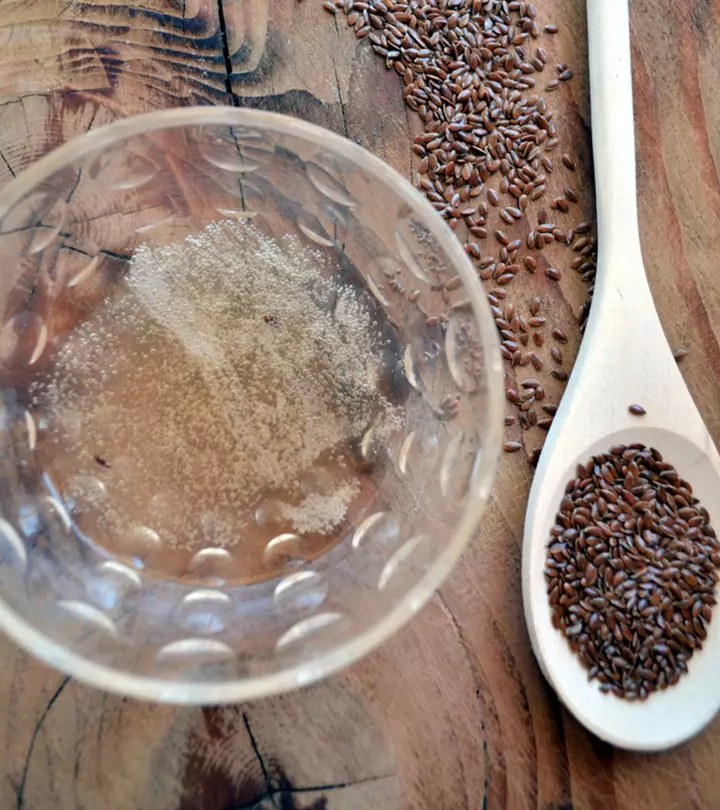
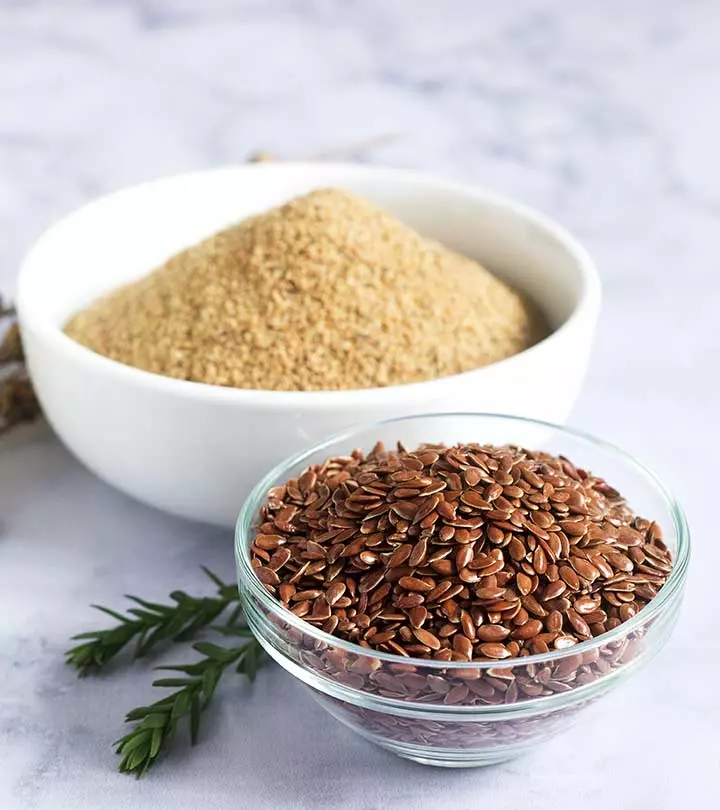
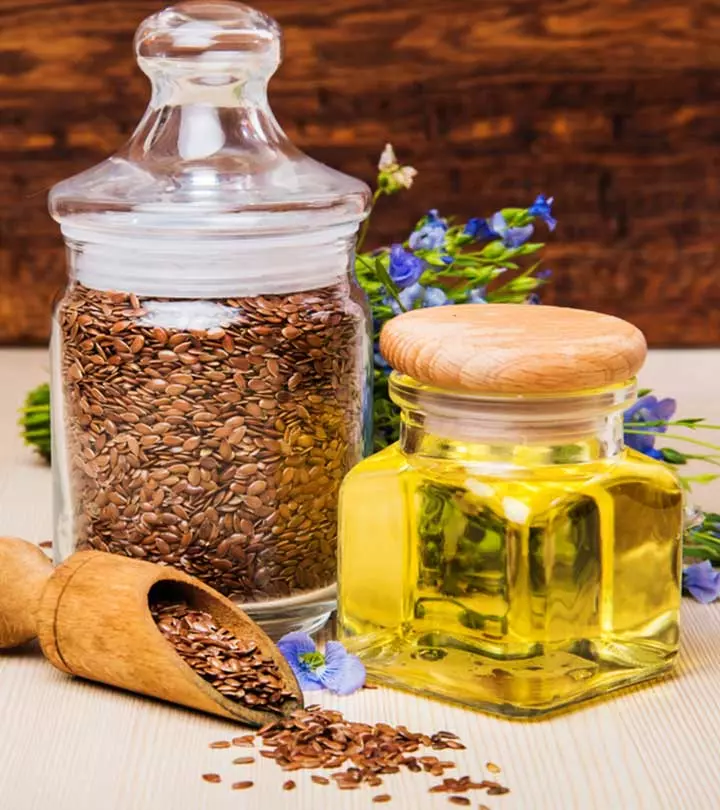
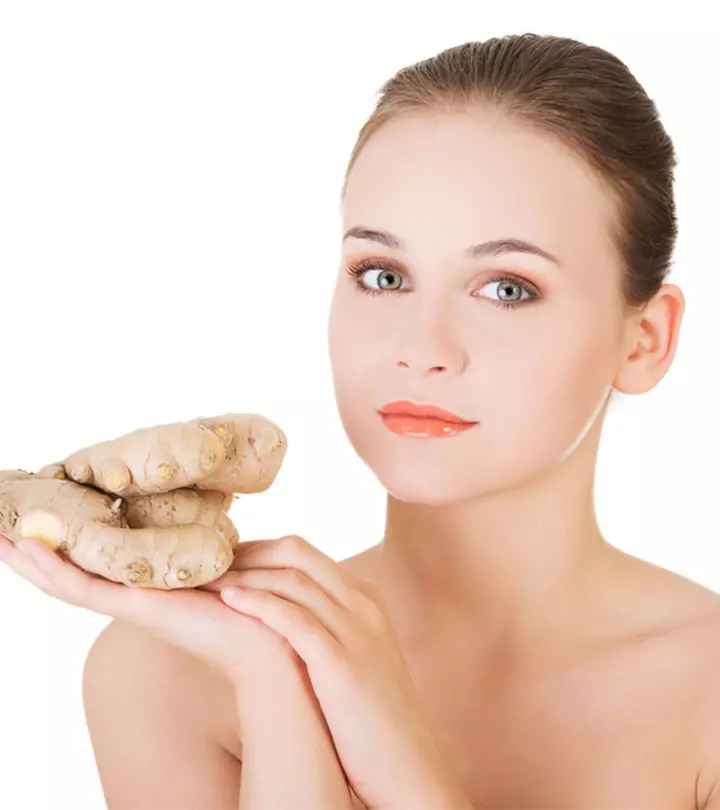
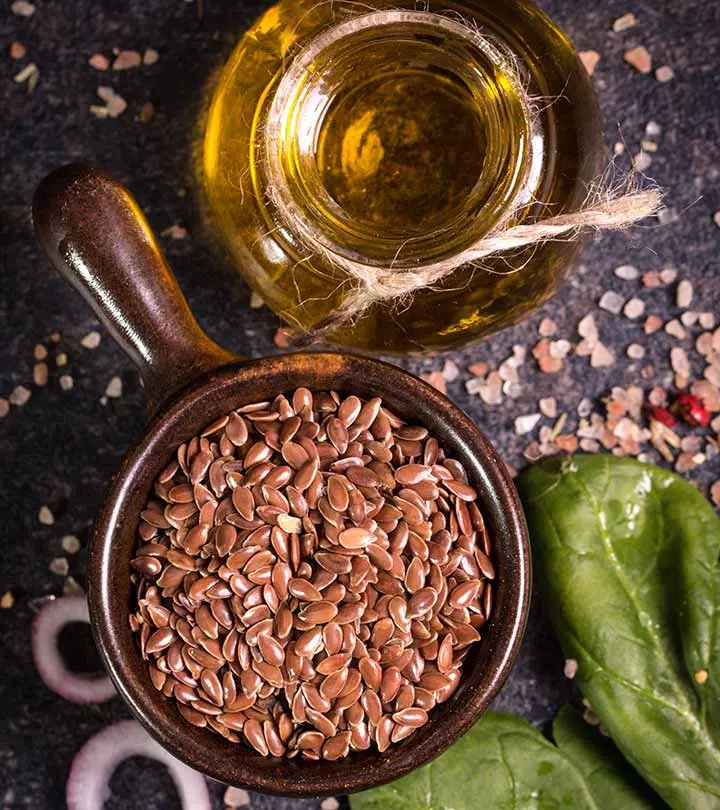
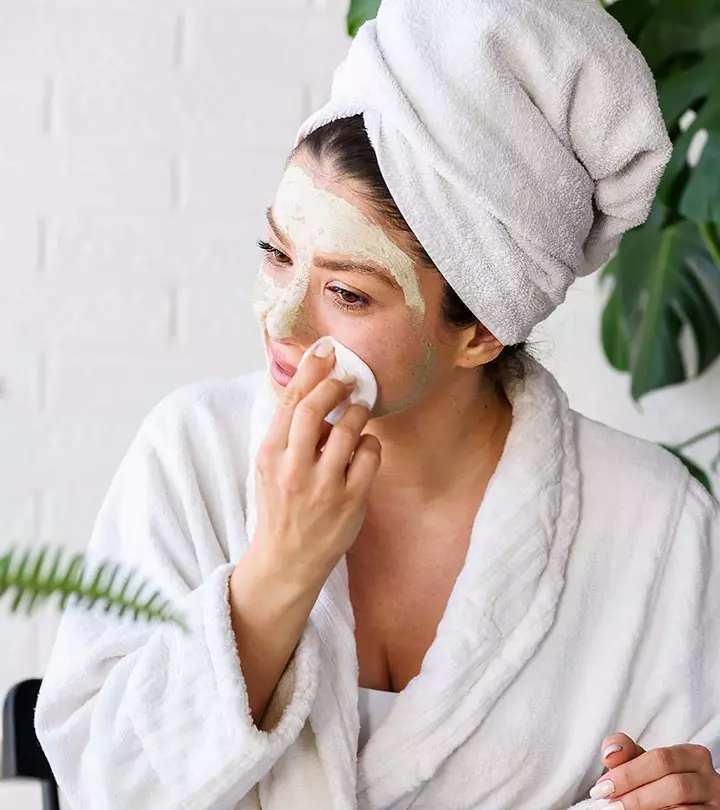

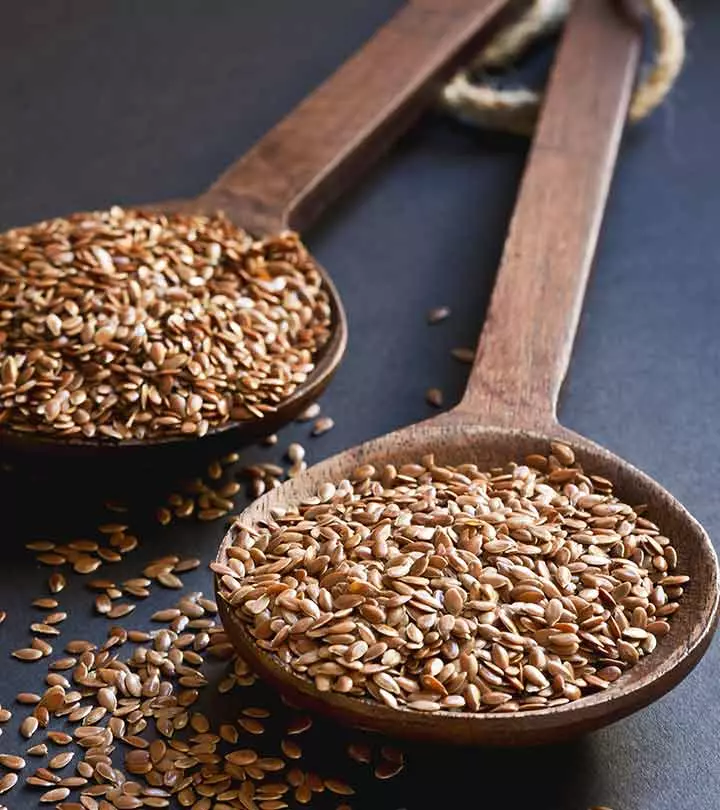
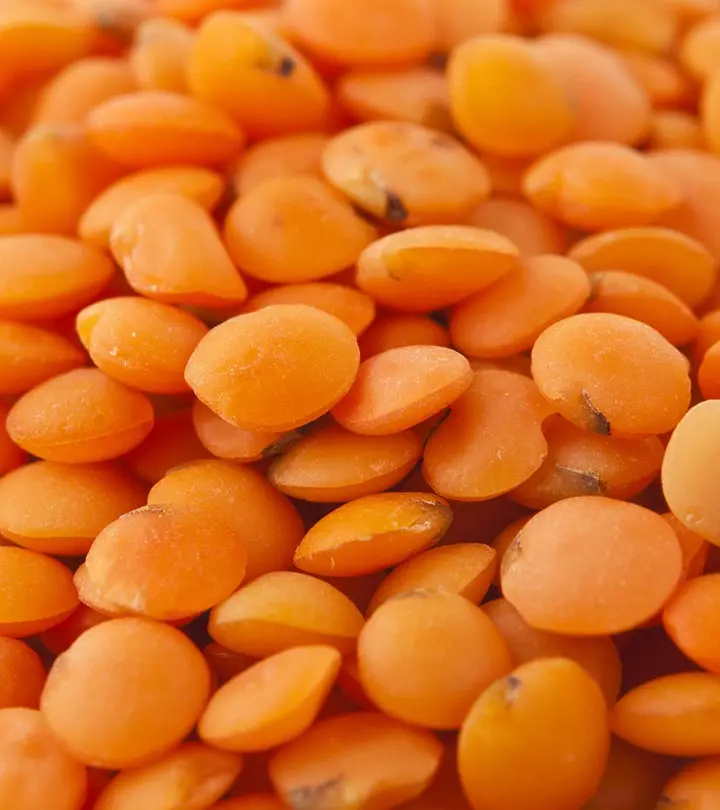
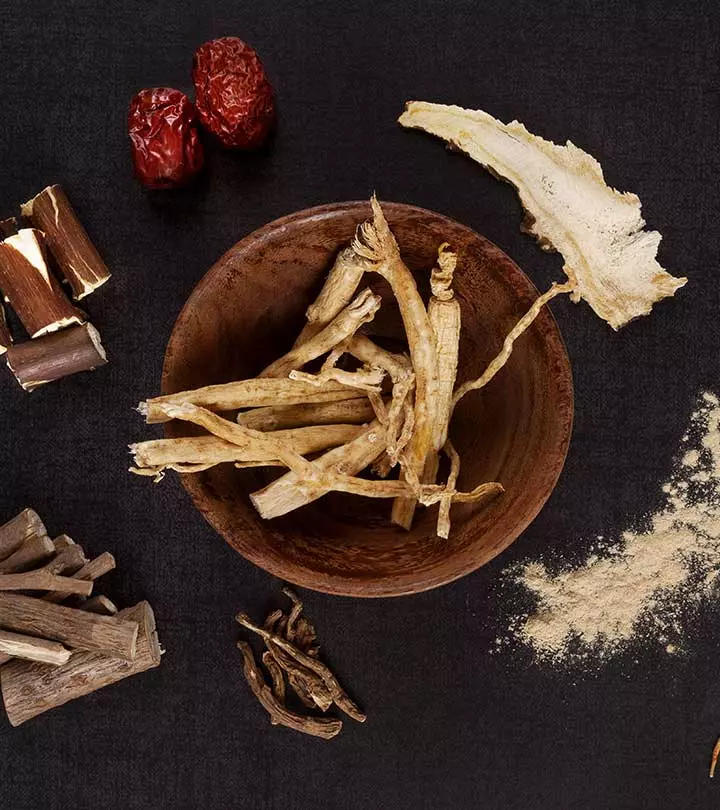
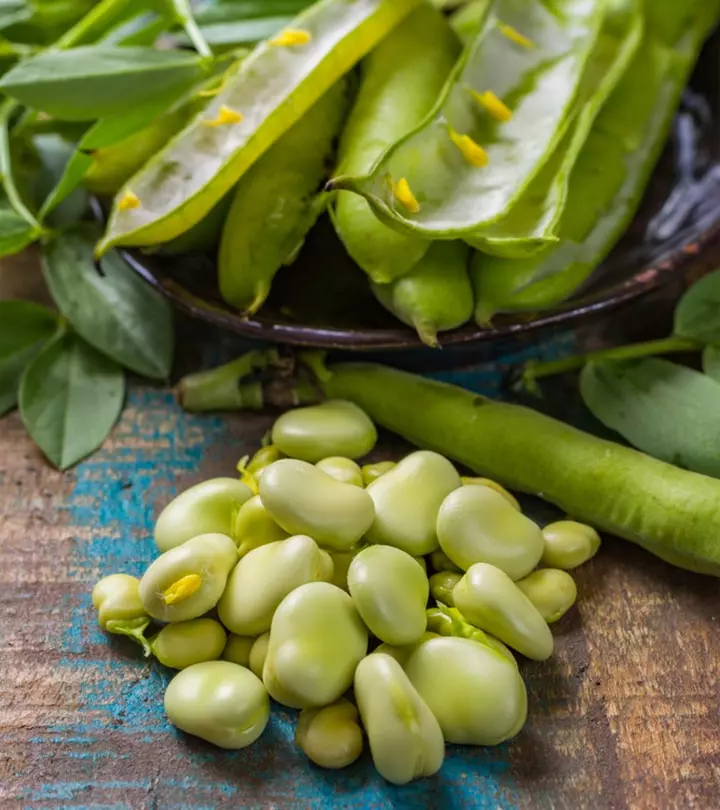
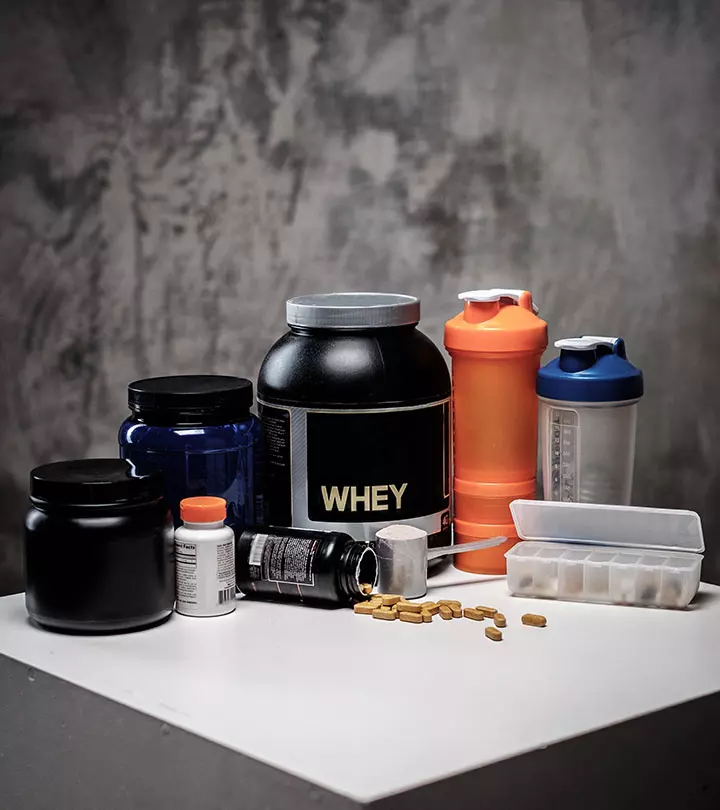
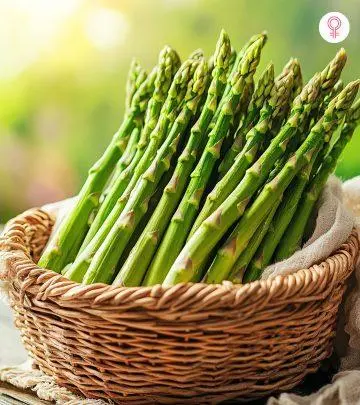

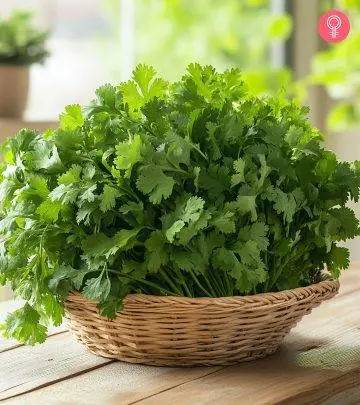
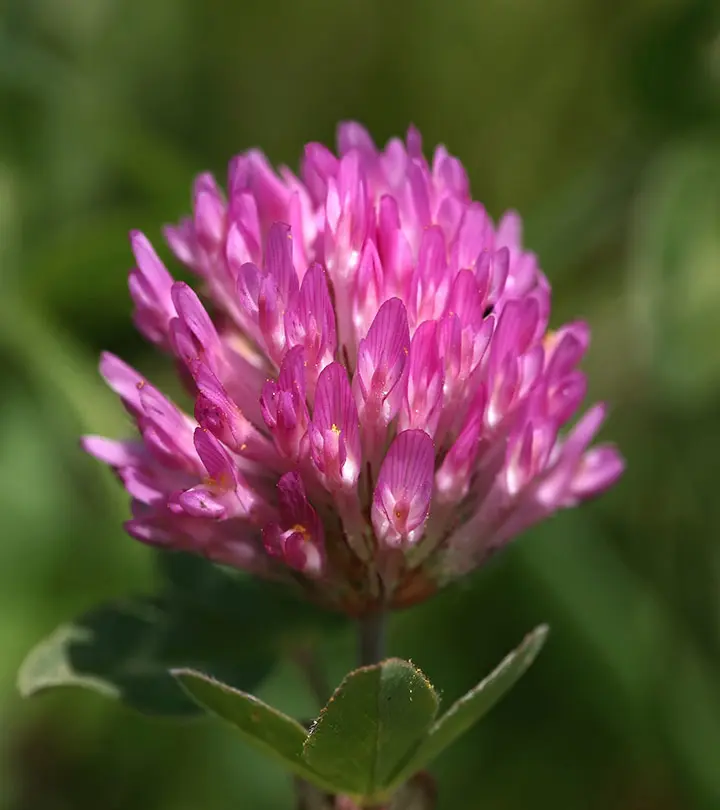
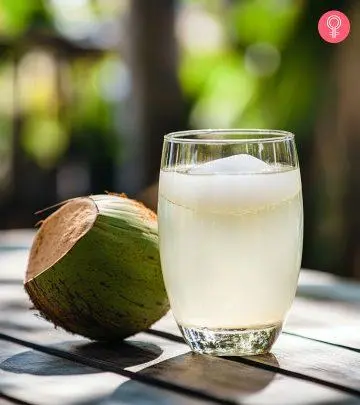
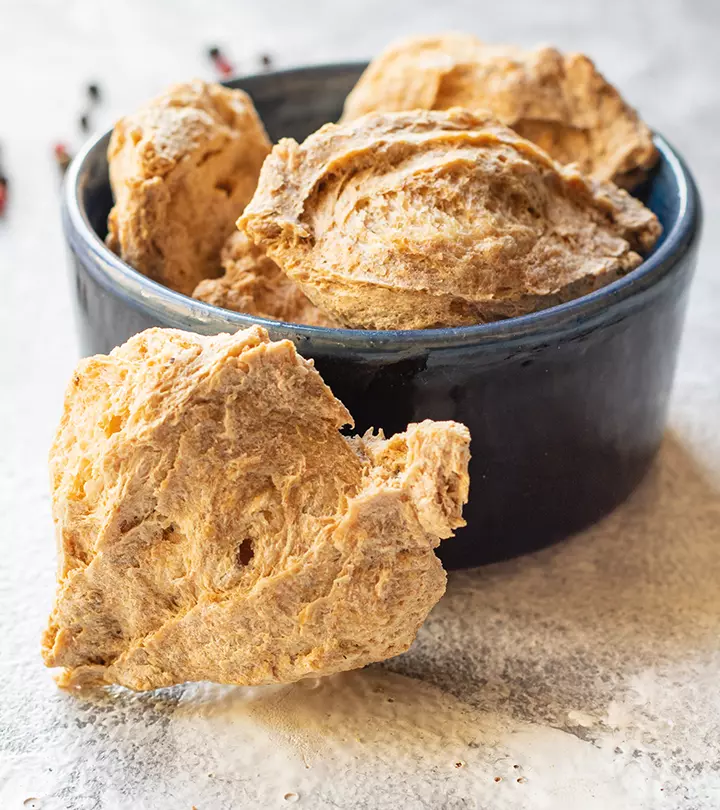
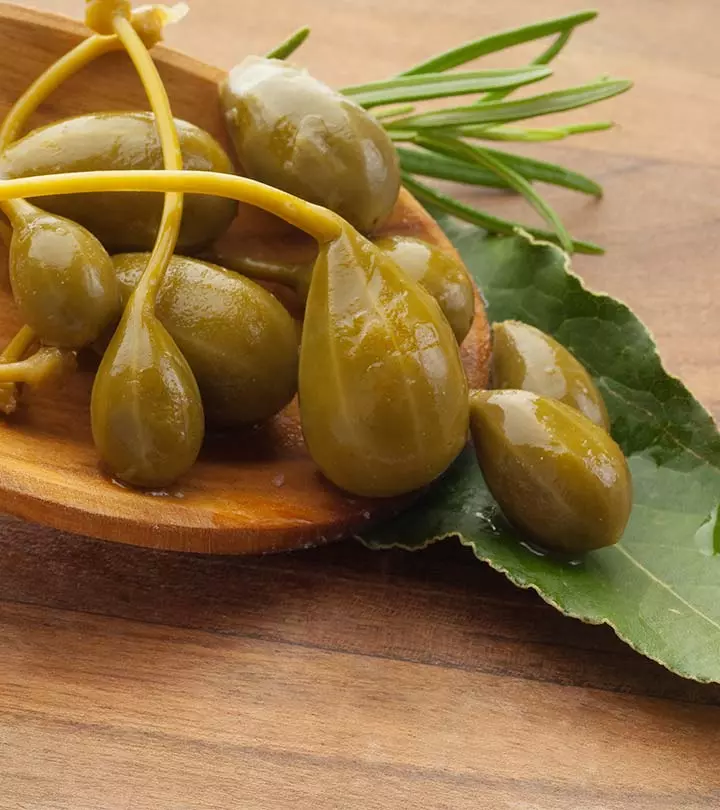
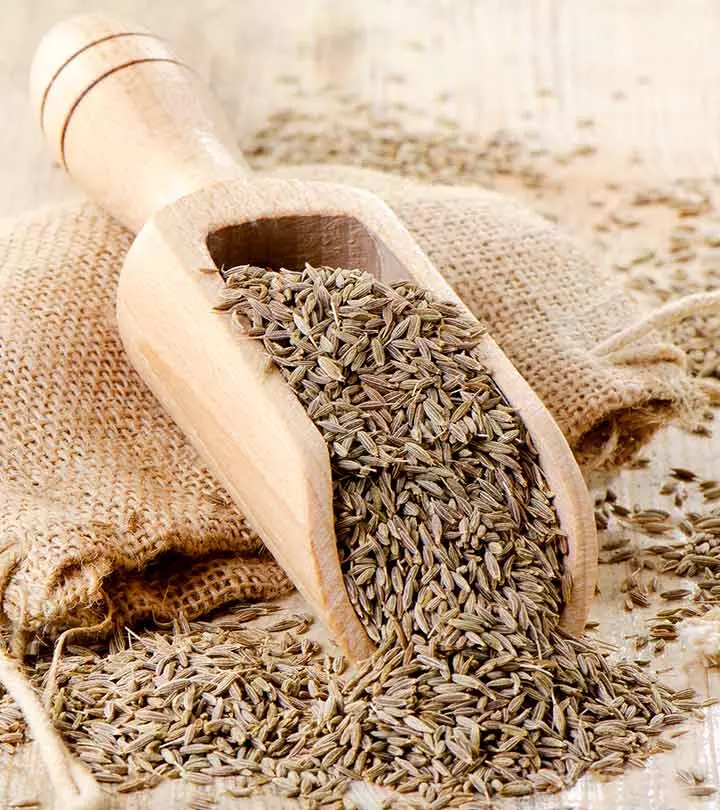
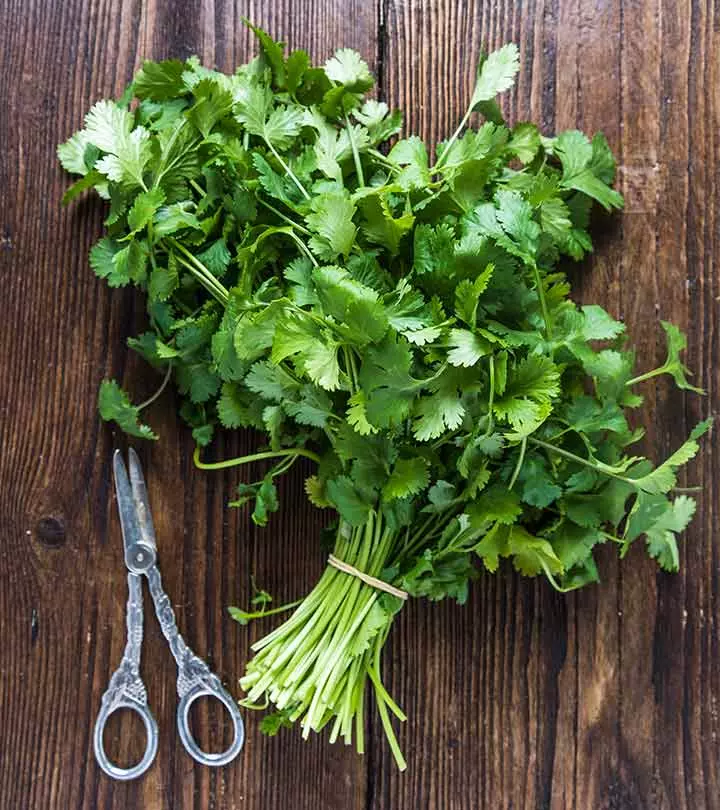
Community Experiences
Join the conversation and become a part of our empowering community! Share your stories, experiences, and insights to connect with other beauty, lifestyle, and health enthusiasts.